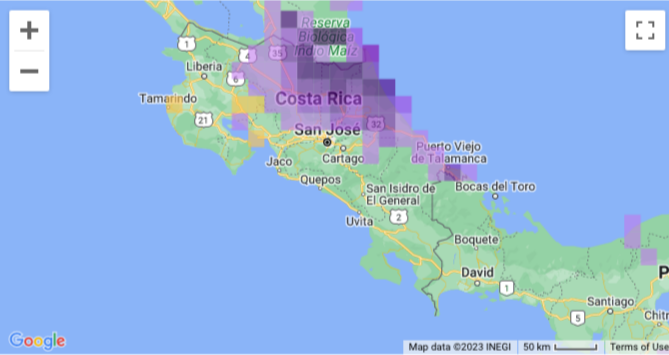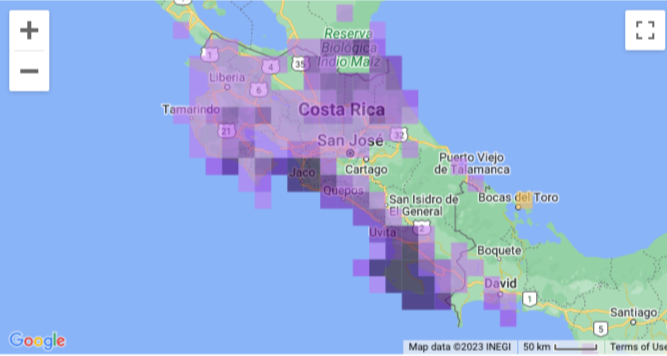The project
Welcome to Proyecto Ara, where our goal is the conservation of neotropical psittacids. The beautiful archipelago of Bocas del Toro in Panama is the chosen location for a pilot project with the intention of launching similar projects in neighboring countries at some point. There are many wild parrot birds that need our help, but we want to focus specifically on two macaw species that are no longer found in this area. We intend to reintroduce breeding and self-sustaining populations of Ara macao (Scarlet Macaw) and Ara ambiguus (Great Green Macaw or Buffon's Macaw) to Bocas del Toro on both the mainland and the larger islands of the archipelago. We hope to find like-minded people who are passionate about wildlife conservation and can help us achieve our goals. We welcome contributors from anywhere in the world but of course would love to get involved with people who already live in the area and this could help us by providing land to set up a captive breeding program and flight cages, to train individual birds for survival in the wild. etc. Likewise, we need help with the physical care of the birds and the grounds, help with fundraising, etc. We recognize that it may be unrealistic to receive such support early on, so we must be willing to acquire our own land and get the project off the ground as soon as possible so those who want to get involved can see a real existing project instead of one on paper.
Context
Why did I choose Bocas del Toro in Panama as our destination? Well, the answer is easy to find by looking at the regional distribution maps of these two macaw species. Many organizations in neighboring Costa Rica have been working hard on the very endeavors suggested here for many years and appear to be quite successful as macaw sightings are commonplace, particularly Scarlet Macaws. A quick look at E-Bird's mapping capability can clearly illustrate that there are many sightings of these two macaw species in Costa Rica, but none across the border in the Panamanian areas of Bocas del Toro. (Note: A small, unrelated population of wild Ara ambiguus still exists in Panama. This area is located in the southern areas of the provinces of Veraguas and Los Santos, provinces located on the Azuero peninsula facing the Pacific Ocean).
Distribution of Great Green Macaws in Costa Rica and Panamanian border territories as of June 12th,2023
(Click on map to be redirected to ebird.org)

Distribution of Scarlet Macaws in Costa Rica and neighbouring Panama border areas of as of June 12th , 2023

The conclusion we can draw from this is that both macaw species existed there in the past, but have been lost or extirpated from Bocas del Toro. The ecosystem in Bocas del Toro is virtually identical to that on the Atlantic side of Costa Rica, so new macaw populations in this area should adapt and thrive very well.
Finally, we believe that the positive impacts of the project would extend beyond the macaws themselves and benefit the entire ecosystem. Macaws play a crucial role as seed dispersers, promoting forest regeneration and biodiversity. In addition, the project would promote ecotourism, provide economic incentives for local communities, while raising awareness of the importance of conservation.